Factory activity in Asia continued to weaken in December, as demand in China fell short of expectations.
The S&P Global Purchasing Managers’ Index (PMI) released on January 2 showed that factory activity in most Asian economies continued to decline in the final month of 2023, with PMI readings below 50 points. South Korea recorded a PMI of 49.9 points in December. Manufacturing in Taiwan (China) contracted for the 12th consecutive month. Similarly, manufacturing in Malaysia also weakened.
China's Caixin PMI showed manufacturing unexpectedly accelerated in December. However, the official index released by authorities on December 31 fell for the third consecutive month, coming in at 49.
Analysts say China’s mixed economic outlook continues to cast a shadow over its major trading partners. “Overall, China’s manufacturing output improved in December as demand and supply increased and prices stabilized,” said Wang Zhe, senior economist at Caixin Insight Group.
However, he said employment remains a major challenge for the world's second-largest economy. Businesses are also worried about the outlook, making them cautious about hiring, purchasing raw materials and managing inventories.
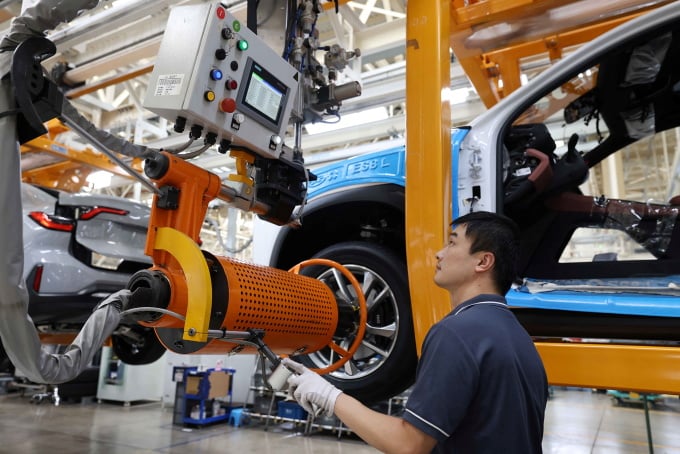
Workers at a NIO electric car factory in Anhui (China). Photo: Reuters
Beijing has announced a series of measures in recent months to speed up the recovery from the pandemic, but progress has been slow due to a lingering property crisis, high local government debt and weak external demand.
Manufacturing in Asia is less optimistic, but other data points to a speeding up of the post-pandemic recovery there. Data on January 1 showed Singapore's GDP rose in December compared to the same period in 2022 thanks to a rebound in construction and manufacturing.
South Korea's exports also picked up in December, though the increase was modest as weak demand from China weighed on a global semiconductor sales boom.
Ha Thu (according to Reuters)
Source link


















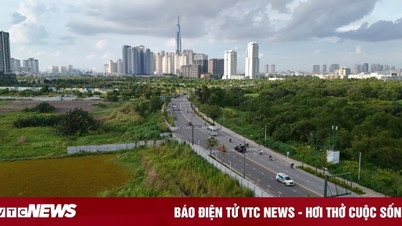

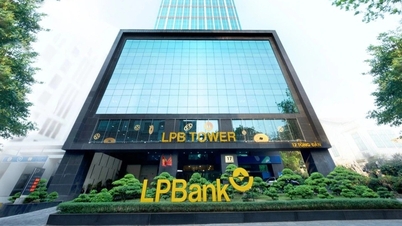
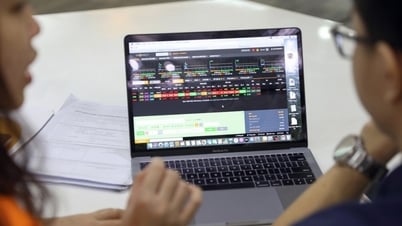
































































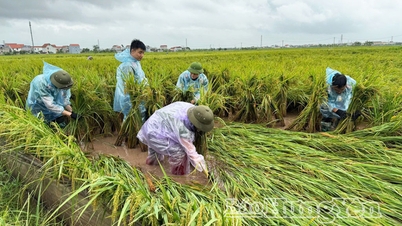
















Comment (0)